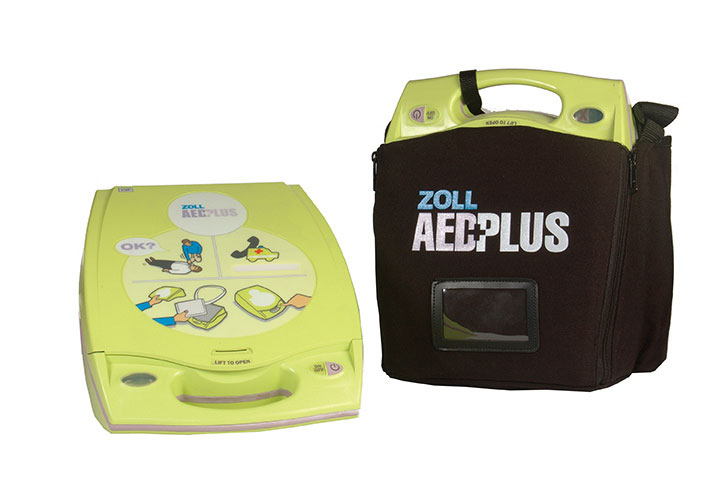
AEDs (Automated External Defibrillators) are a vital part of any emergency tool kit. AEDs can send out voltage to the heart to revitalize the heart in any case of cardiac arrest. Anyone can us an AED, even without serious training. You can use it effectively in emergencies. For a fact, many non-medical personnel working in any emergency unit such as the police, or firefighters have needed to use AEDs at one point in time on the job. So, it comes as no surprise that companies and families have also acquired or sought to obtain one for employees for patients or a family member's health emergencies.
However, a common challenge most people face when trying to acquire AEDs is down to the fact that there are two types of equipment available for sale; the new AEDs and recertified AEDs. And sometimes, it takes more than usual expertise to spot the difference between both. In a bid to help the general public make an easier choice during purchase, this article helps to highlight and explain the differences between a New AED and a recertified AED.
It's especially hard to detect the differences between the two categories. Simply because there are few at times, but overall, there may be differences in output, warranty, and the likes. Here are some points to help understand the two categories.
The recertification process ensures that the old or used AEDs are brought up to speed with modern technology. This process includes a series of testing to ensure that it is safe for emergency use. Even though the new AEDs cost more, the two are efficient and can serve an individual or company needs adequately. So, if you want to purchase one, it's best to note the differences and make a choice.